Where will the luxury industry go next?
The wealthy are again spending on travel, so the luxury industry is turning to ‘shoptimism’.

Could the great luxury boom be over?
LVMH, the luxury conglomerate owned by Bernard Arnault, its chairman and chief executive, and which includes the likes of Tiffany & Co, Louis Vuitton, Tag Heuer and Dior, is considered a bellwether for luxury’s many appetites. Sales growth for its third quarter were up 9 per cent, compared with 17 per cent in quarter two. Shares fell 7 per cent the day after the reporting was released. Analysts predict it represents a normalisation of what has been an extraordinary period of growth for the sector. Indeed Arnault was at one point this year the richest man in the world, though has since been superseded by Elon Musk.
Rising interest rates, decreased demand in the US, a cost-of-living crunch, global instability, up-and-down pandemic recovery in China and an incredible appetite for travel are just some of the factors contributing to the slowdown.
LVMH chief financial officer Jean-Jacques Guiony says ensuing quarters will unfurl whether it means anything for the long-term.
“Time will tell, depending on the depth and the length of the cycle, whether it was a real cycle in consumption or merely a sort of blip after three extraordinary years,” he says.
Revenue for the group clocked in at €19.96bn ($33.6bn), with total revenue up 1 per cent year on year.
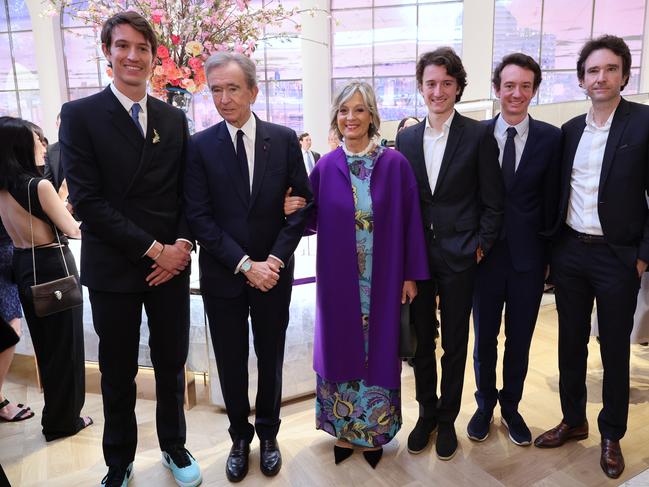
All of which is not to say this year hasn’t been exemplary. Hermes, the uber luxury French brand (like Chanel, Hermes remains independent and not part of a luxury conglomerate), reported its revenues were up 25 per cent in the first half of 2023, reaching €6.7bn. On Tuesday evening Hermes bucked the slowdown trend , reporting its third quarter consolidated revenue was up 22 per cent at constant exchange rates and 17 per cent at current exchange rates, compared to the same period in 2022.
Axel Dumas, executive chairman of Hermès, said of the results, “The solid performance in the third quarter
reflects the desirability of our collections all over the world, with still a sustained momentum in Asia and in the Americas. More than ever, in an uncertain global environment, we are reinforcing our investments and our teams to support growth.”
Luxury conglomerate Kering meanwhile reported a 13 per cent fall in group revenue at reported exchange rates. Sales at Gucci, Kering’s biggest brand, were down 14 percent. The brand’s new creative director Sabato De Sarno made his debut at Milan Fashion Week last month.
There are shifts in play already. Amanda Winchester, associate partner at McKinsey & Company Australia and New Zealand, says the Australian luxury market is proving particularly buoyant, but it is evolving. Especially, she says, in the pointier end of things.
“Australians are feeling more optimistic about economic recovery than Western peers and this sentiment has increased over 2023, but we’re also seeing an increasing division between optimism and intent to spend across low, middle and high-income households,” Winchester says.
“High-income households’ income and expenditure has increased by 7 per cent and 8 per cent respectively in 2023, and these consumers are more optimistic about the economy than those in lower-income households.
“Additionally, four in 10 consumers in high-income households are planning to ‘splurge’ or ‘treat themselves’, which has increased since earlier this year.”
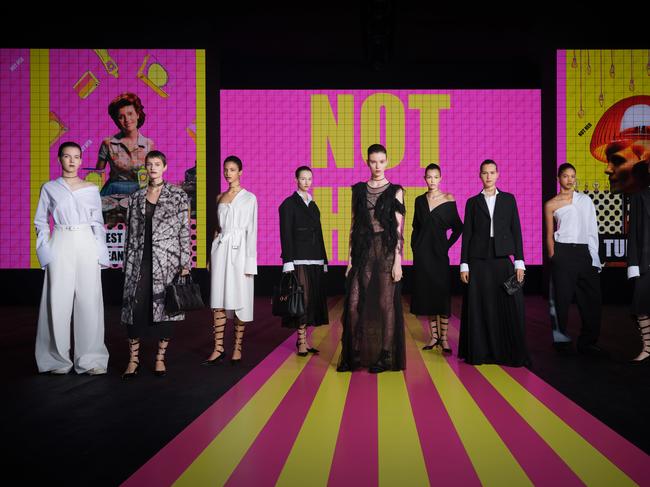
The concentration of extreme wealth is interesting to note in Australia. As reported in The List: Australia’s Richest 250, the country’s 250 wealthiest people account for about one-third of Australia’s GDP, and increased their fortunes by 2.2 per cent in 2023 to $531.96bn.

A stroll down Sydney’s expanded luxury perimeters of King, George, Castlereagh streets points to this. Luxury watch and jewellery brands such as Cartier, Chaumet (which also launched ecommerce in Australia for the first time this month) and Piaget, have opened grand new flagship boutiques in the past year. Luxury fashion brands have opened new flagships too such as Dolce & Gabbana, the extremely quietly luxurious Brunello Cucinelli and soon-to-open Missoni.
Alex Alamsyah, head of retail leasing at commercial realtor Knight Frank, agrees the so-called “hard luxury” category of watches and jewellery is fortified.
“In Sydney, CBD luxury fashion might be slowing down a bit but luxury watches and jewellery (are) going strong,” he says.
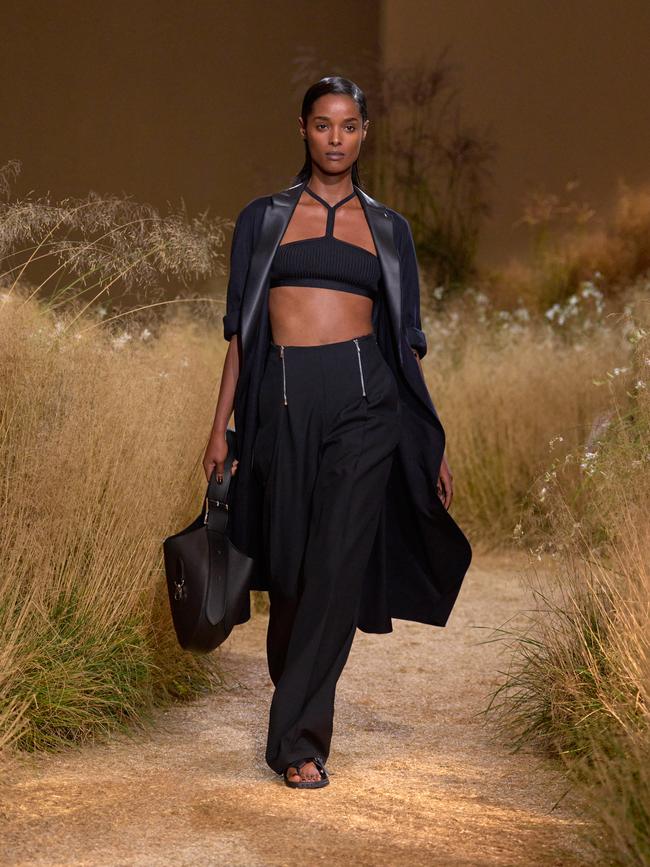
Watches and jewelleryare typically considered a safer investment because they can hold, or on the secondary market with the right brands, increase their value. That said, sky-high watch prices on the secondary market are also normalising. WatchCharts.com, which publishes a secondary luxury watch market index, observes that values have slipped 21.6 per cent in the past year, albeit settling in the past three months.
Supply and demand in the watch world (you can’t really speed up the production of a luxury watch, as anybody languishing on a wait list could tell you) can impact the performance of a brand’s share price too. Still, Rolex, the world’s biggest luxury watch brand has announced that from 2025 it would roll out three new production facilities. Earlier this year it also announced its own certified pre-owned program in the US, where clients can buy a pre-owned Rolex at certain Rolex boutiques.
Winchester says that while the category is coming from a smaller base in Australia, and with growth predicted to rise along the same line as the luxury market overall, “luxury watches and wearable electronics are seeing elevated demand, and we can see the evidence of this from the fact that an increasing number of luxury watch brands are setting up stores in luxury retail hotspots like Sydney’s Market and King streets and Melbourne’s Collins Street”, she says.
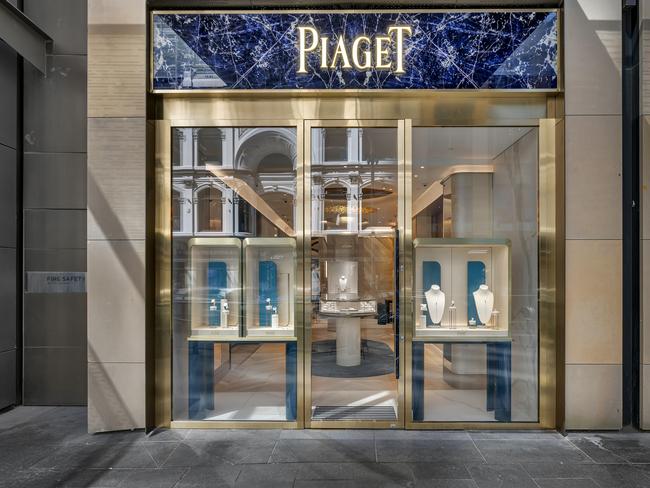
In Knight Frank’s most recent Wealth Report luxury watches and jewellery came in second and third respectively on its luxury investment index, both recording 10 per cent growth for the second quarter.
Irene Deutsch, managing director of Fairfax & Roberts, Australia’s oldest jeweller, says she has noticed a shift. Clients are going bigger, or they’re not buying. “We are most definitely seeing a trend where the higher-end consumer is still willing to spend; however, there has been a fall away in demand at the aspirational level,” Deutsch says. “We have been selling a lower overall volume of pieces, but more significant items in terms of price, such as large cocktail rings, emerald and diamond earrings. These purchases are for special occasions – birthdays and anniversaries.”
Anastasia Lloyd-Wallis, chief operating officer and head of consumer insights at retail consultancy the Retail Doctor Group says the industry has observed “shoptimism”, a philosophy that guides how consumers think about purchases. “People are still purchasing things that make them feel great. So they’re cutting back in certain areas they class as things they don’t need, but they still want the things that give them those endorphins,” she says, adding the so-called “lipstick effect”, where people tend to buy smaller “feel good” items in times of penny-pinching, may come into play again.
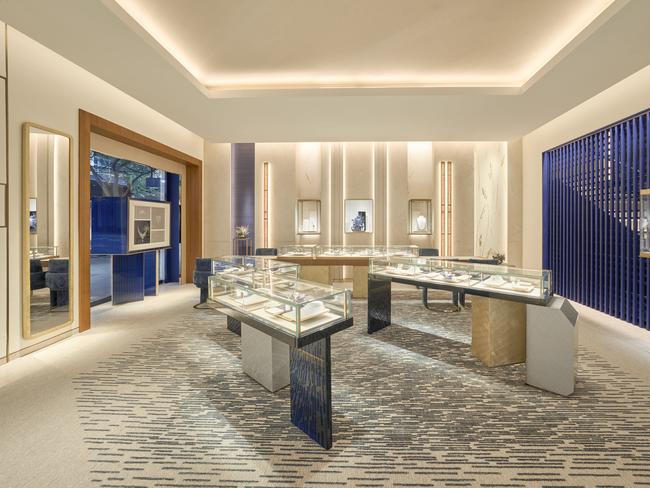
“The luxury industry is another area that actually does benefit from this ‘shoptimism’. People buying these products to make themselves feel good. One thing we have seen though is obviously the luxury industry did very well during Covid because people had income … they had this money available to spend and they couldn’t spend it on anything else because they couldn’t travel, they couldn’t really go out.
“But we’ve seen the rise of travel and the rise of dining and entertainment. So I wouldn’t be surprised if luxury is now seeing that, and I wouldn’t say it’s hitting them. I think that the growth is just plateauing.”
Both Lloyd-Wallis and Winchester note the maturation of Gen Z and the evolution of Gen Alpha as luxury consumers are set to shift the industry too. As reported in WISH magazinethis year, the spending of this group is predicted to grow three times faster than other generations through to 2030, eventually making up a third of the market.
“Most interesting for the luxury segment, however, is who intends to shop, and where,” Winchester says. “Gen Z and millennials feel more compelled to splurge across luxury categories, but are also the most interested in shopping through digital channels – and luxury retailers remain quite dependent on the traditional bricks-and-mortar model for sales growth.
“We expect that, as these demographics continue to grow in terms of their contribution to overall luxury spend, luxury retailers will need to continue to think about how they access these consumers online and through non-traditional channels.”

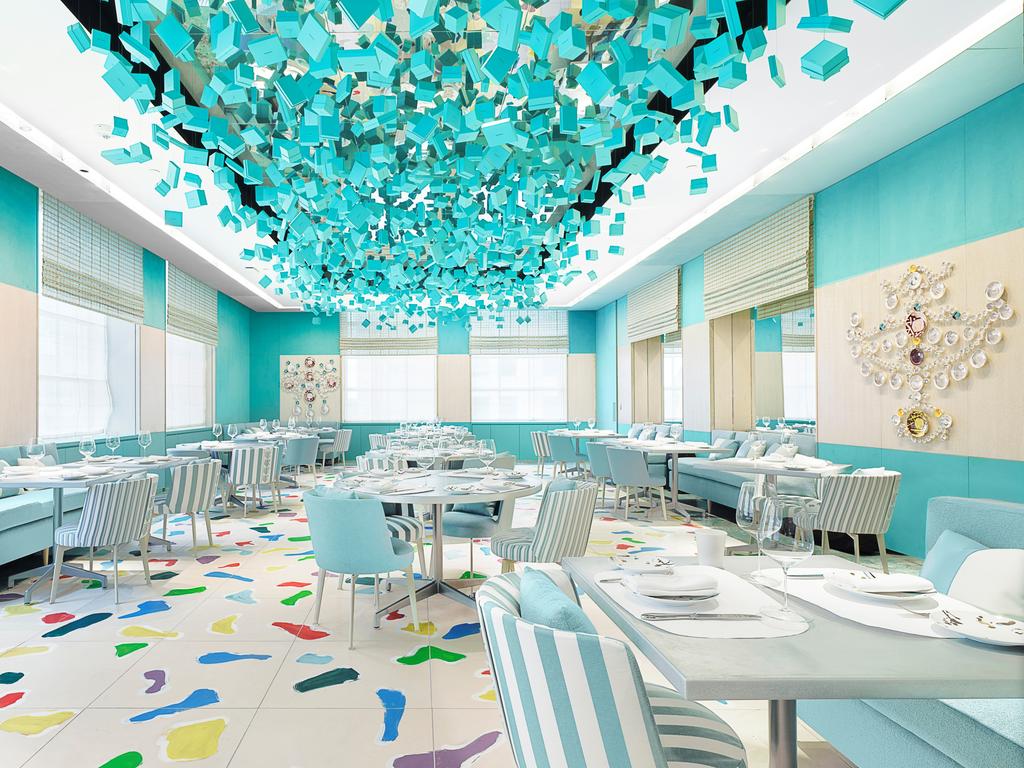

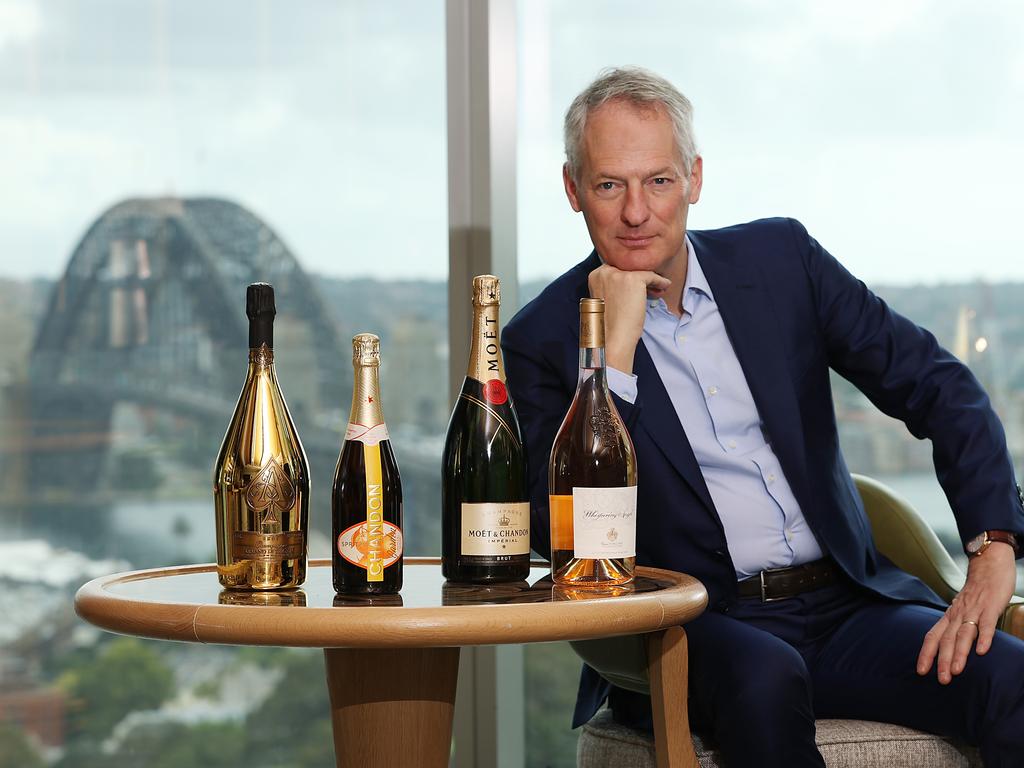
To join the conversation, please log in. Don't have an account? Register
Join the conversation, you are commenting as Logout